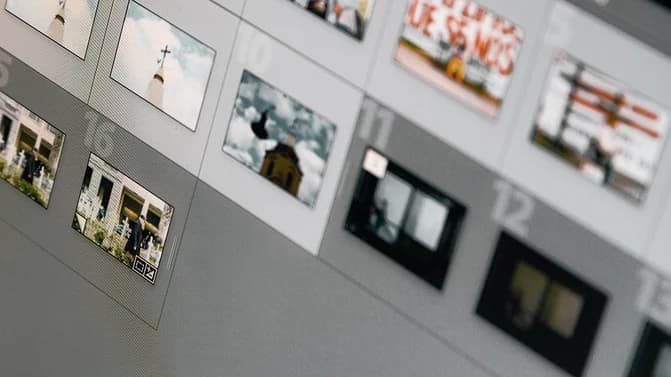In our last blog, 4 Tips for Taking Effective Marketing Photos, we shared helpful techniques and approaches to capturing great images for your inbound marketing content.
Today, we focus on providing tips and tricks for slicing and dicing your perfectly framed, professionally lit and crisp images for various pieces of inbound content.
As we discussed in our prior blog on marketing images, capturing hi-resolution images using photography best practices is criticial to effectively deploying your photos across a wide range of digitial, social media and more traditional print platforms.
Here is Illumine8 Marketing & PR's photo editing cheat sheet for inbound marketers:
Know Your DPI (or PPI)
DPI, or Dots Per Inch, and PPI-Pixels Per Inch-are the basic measurement units for images. DPI is typically used for print materials and PPI for digital, though they are sometimes used interchangeably, albeit incorrectly.
Again, the cardinal rule is you can always size down...sizing up, not so much. If you capture your images at a lower resolution, trying to size the photo up will cause the image to pixellate and become fuzzy. That's a primary reason taking hi-res photos is important. As a general rule, here are the DPI requirements for different content mediums:
- Digital and web: 72 PPI minimum for do-it-yourselfers
(there is actually quite a lot of debate about the 72 PPI number, with most designers arguing this is a "myth"; you can read more here) - For images that will be printed 300 DPI is the standard requirement
This is the simple version. There are many, many nuances and complexities, but these are the basic standards, debate about 72 PPI aside. Digging into the depths of DPI and PPI and the math behind them needs to be the subject of another blog, which we might leave up to our design-guru Erik Pitzer.

Understand How to "Slice-and-Dice' Your Images
Different digital or print mediums, and, for that matter, different uses (say a thumbnail, for example) require different image sizes. Here's a quick run down of sizing standards for blogs and some of the most important social media platforms. Click each social platform to get direct access to each company's image specs by use:
- Blog. 500-700 pixels (horizontal orientation; should be sized appropriate to blog template specs)
- Google+
Know the Free Image Editing Tools Available
If you're handling marketing images with a small team and on a budget, there are quite a few excellent, free editing tools available that can help you manipulate your photos effectively.
Here's a run down of the best-of-the-best free image editors out there, according to techradar:
- GIMP.
"GIMP (the GNU Image Manipulation Program) is a superb free alternative to Adobe Photoshop, and comes with a huge array of professional-quality functions for fine-tuning images and photos, and creating your own artwork from scratch." -
Paint.Net.
"Paint.NET is a powerful, easy-to-use image editor that offers features similar to those that you’ll find in Adobe Photoshop and GIMP. Paint.NET features layers, enabling you to edit specific areas of your image, or build up an image from a number of different sections." - Photo Pos Pro.
"Photo Pos Pro aims to find the middle ground by offering a choice of interfaces: one for beginners, and one for experts. This means that it's possible to get started with what proves to be a very powerful program without feeling intimidated." - PhotoScape.
"PhotoScape is primarily a photo editor, but this label doesn't really do it justice – there is much more to it than basic retouching. There's also an image viewer, a batch editing function, a built in screen capture tool, and a host of filters and effects to quickly liven up any image." - Fotor.
"Fotor is more a photo enhancer than a full-fat manual editing tool. If there's specific area of retouching you need doing with, say, the clone brush or healing tool, you're out of luck. However, if your needs are simple, its stack of high-end filters that really do shine."
Canva also offers some very basic image editing tools and templates. And of course, you can always make an investment in Adobe Photoshop or Lightroom should your budget allow.
We hope this marketing image cheat sheet will help enchance your inbound marketing strategy. There are many other layers of image capture and use complexity to explore; consider this a quick resource guide to get you started.